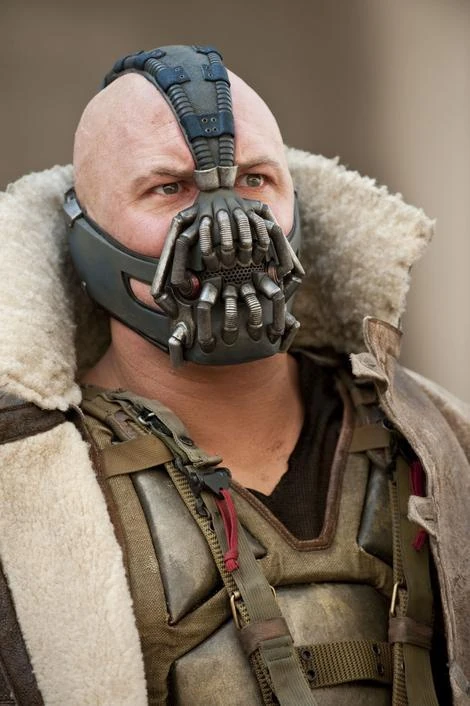As far as I know, beating ONE opponent 0 & 1 isnt going to raise your UTR catastrophically overnight.
It doesn't need to change it catastrophically. It only needs to change it from "just below the threshold" to "just above the threshold". That could be a pretty tiny jump. After all, there's no real "gap" in skill between levels, skill is a continuum. Someone right near the border might find themselves bouncing around.
Here's the worst case. Someone joins a league, plays their first match, plays great... and that bumps them just over the line, up one rating level, outside that league's limits. They have to go find a new team. They finally find one, play one match, play badly.... and that bumps them back down, since they were only a tiny bit over the line anyway. This is the point where they probably quit this league forever and go play one where ratings don't change mid-season.
Now if you are repeatedly doing that for weeks on end, isnt that a pretty strong indicator that a person has sandbagged?
Or that they got better (or worse)! Remember that you might have a 6-9 month gap between the end of one rated league season to the start of the next. People can change in skill over that time, going up or down. If anybody who ever improves has to go through a moment where they're kicked off their team mid-season, that would be supremely frustrating for both players and captains.
(Note that if ratings updates are immediate, basically ANY bump-up would happen mid-season!)
I dont see how having accurate/current ratings are a negative to leagues. Play in the division you belong and it’s not an issue.
Accurate ratings are good. Ratings that change mid-season are bad, because mid-season updates means that which division you "belong" in might change at any point.
That's why USTA issues ratings yearly and not monthly - so that people can know which division they belong, join the team, and not worry that they might get kicked off their team mid-season.
I’d reformat the entire league process if it were me.
Yes, and I'm sure your totally hypothetical league format would have no weird quirks or corner cases...
There wouldnt be leagues broken down by skills. You would just be expected to field a roster with a wide spread of talent (from UTR 2 thru whatever) so that fair matchups could be made.
You know, I can think of a dozen little ways that this would reproduce many of the same problems as we have now, or create new ones.
Weekly updating ratings could wreak havoc on captains' scheduling. Captain puts out a schedule for next weekends' match, putting out a lineup... and then a ratings update comes out and it turns out their lowest-rated player got bumped that week and they have nobody to play on the lowest line! Oops, I guess we default, because the other UTR3 on our team is out that day and we only have two. That other guy better go and lose some rating points before playoffs in 3 weeks, otherwise we've got nobody to play our "UTR 2-3 singles" line there either!
I've already heard the stories on this board of how much of a headache it is to captain tri-level, where they have to make sure they have each week a spread of levels. Now imagining captaining something like tri-level EXCEPT that players might change ratings at any time!
But that is a wholesale change to the format that most would resist, even if it helped the sport/was more fun. Not saying it would be, just that people really resist change.
People do resist change, and one reason is that its' easy to imagine all the benefits of a new system without thinking about what its drawbacks would be. I absolutely believe you could make a mixed-level league and have it work. I absolutely don't believe it's a magic bullet that fixes all the problems with the current leagues without making any new ones.




